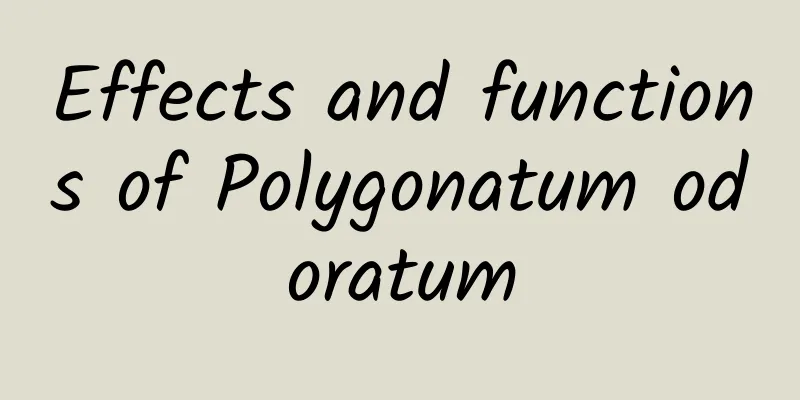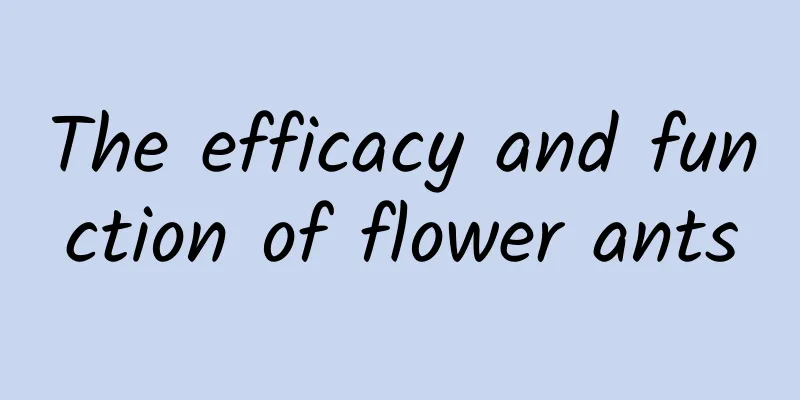The efficacy and function of Hemicapsule
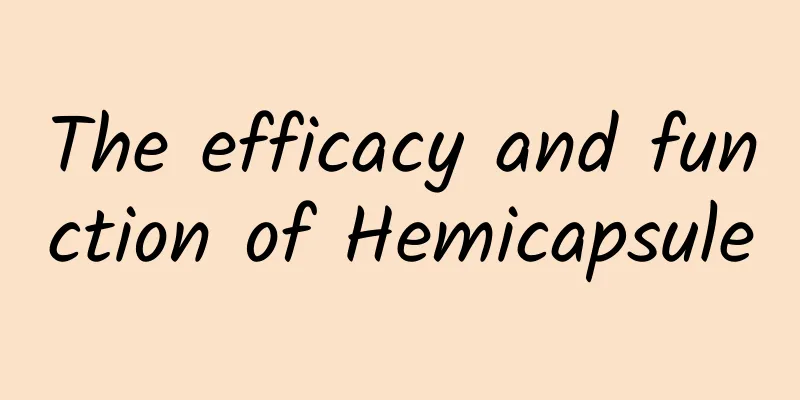
|
Semi-capsular Moss is a very common Chinese medicine and also a very important medicinal material. We need to pay attention to it. Semicapsular Moss can be used in combination with other medicines, and we need to take them appropriately according to our physical condition. Let’s take a look at the main effects and functions of the traditional Chinese medicine Semicapsularia. [Other names] Mountain cabbage, Tianmu Jianglong grass, Gehua, urine bucket grass, stone flower, cow hoof grass, cow tongue, white Guanyin fan, stone tower green, Jianglong grass, stone spoon wheat, black stem, rock eggplant, rock amaranth, cow ear vegetable, ant crutch, big ant crutch, numb foot pole, rock lettuce, stone lettuce [Source] Medicinal material source: the whole herb of Gesneriaceae plant Hemicapsula. [Original morphology] Semicapsular herb, perennial herb, 10-40cm high. The stem has 4-8 nodes, is unbranched, fleshy, with scattered purple spots, and is glabrous or sparsely hairy. Leaves are opposite; petioles are 1-7cm long, winged, and fused at the base to form a boat shape; leaf blades are elliptical or obovate-elliptical, 5-17cm long, winged, and fused at the base to form a boat shape; leaf blades are elliptical or obovate-elliptical, 1-7cm long, 2.2-9.2cm wide, with acuminate or acuminate apex, decurrent base, entire margin or with wavy shallow blunt teeth. Cymes are axillary or terminal, with 3-10 flowers; peduncle is 1-17cm long; involucre is spherical, 1-2.5cm in diameter, with a pointed tip, and light green; calyx is about 1.4cm long, with 5 sepals, oblong-lanceolate, membranous when dry; corolla is white with purple spots, about 4cm long, sparsely glandular short soft hairs on the outside, with a hair ring at the base of the inner surface, upper lip 2 shallow lobes, lower lip 3 shallow lobes; 2 fertile stamens, separate, the locules are connected at the tip, and the reduced stamens are 3 and small; ovary is nearly linear, shorter than the style. The capsule is horn-shaped, slightly curved, 1.5-2.5cm long and 3-4mm wide at the base. The flowering period is from August to October, and the fruiting period is from September to November. [Habitat distribution] Ecological environment: Grown in valley forests or in shady and moist places beside ditches at an altitude of 350-2100m. 【Nature and flavor】 Slightly bitter; neutral 【Functions and indications】 Clears away heat; promotes the flow of dampness; detoxifies. Indications: jaundice caused by damp-heat; sore throat; snake bites; burns [Usage and Dosage] For oral use: decoction, 15-30g. For external use: take appropriate amount, mash and apply, or squeeze the juice of fresh product and apply. 【Excerpt】 Chinese Materia Medica The above content is an introduction to the effects and functions of the traditional Chinese medicine Semi-capsularia, and I hope it can bring you some help. The culture of traditional Chinese medicine is profound and extensive. When treating diseases, we need to choose different medicines according to the different diseases to better help the body relieve troubles. |
<<: The efficacy and function of snake lotus
>>: The efficacy and function of philadelphus tiliaceus
Recommend
He chose one thing and devoted his whole life to it. He spent more than 40 years fighting against an "epidemic"!
On the road of scientific exploration, countless ...
What are the functions of plantain
Plantain is a perennial herb with great medicinal...
The efficacy and function of knotweed
The main effect of knotweed is to improve eyesigh...
8 dietary tips to prevent cardiovascular disease, but many people don't follow them
A friend chatted with Huazi and asked a question....
How to grow bougainvillea
Bougainvillea is an evergreen climbing shrub that...
The efficacy and function of poplar bark
The medicinal value of poplar bark is beyond our ...
Attention, friends who ride electric bicycles! This "cold-proof magic weapon" is very dangerous →
As winter approaches, the weather is getting cold...
To reduce natural disasters, how can meteorological technology “outrun” natural disasters?
On October 8 this year, the Ministry of Emergency...
Why don’t pineapples have seeds?
Now is the season for pineapples. When eating pin...
Big data of outbound tourism during National Day: more than 70% of tourists spent more than 8,000 yuan per person
During the National Day Golden Week, where are th...
The efficacy and function of Xiatianqu
Xiatianqu is a very common Chinese medicine and a...
What are the methods for decocting Chinese herbal medicine?
Normally, when we are sick, there are many ways t...
The reason why there are so many mosquitoes has been found. Does the virus attract mosquitoes by regulating skin bacteria to produce "mosquito attractants"?
Great scientific discovery! Mosquitoes can actual...
Chasing the sun and benefiting the motherland! He made solar cells an excellent example of Chinese manufacturing
When non-renewable energy sources such as natural...

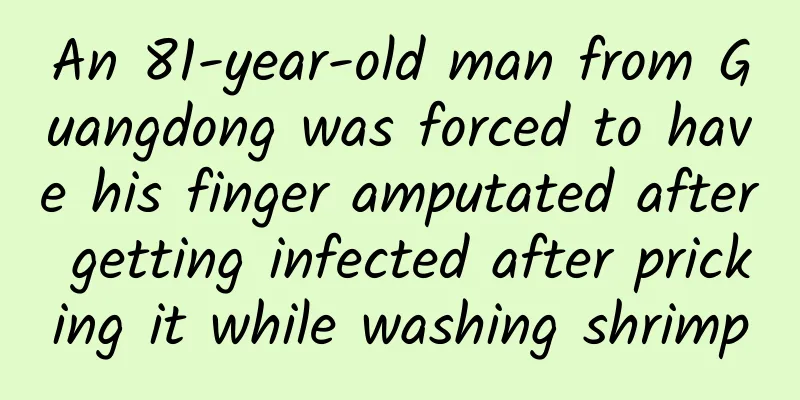
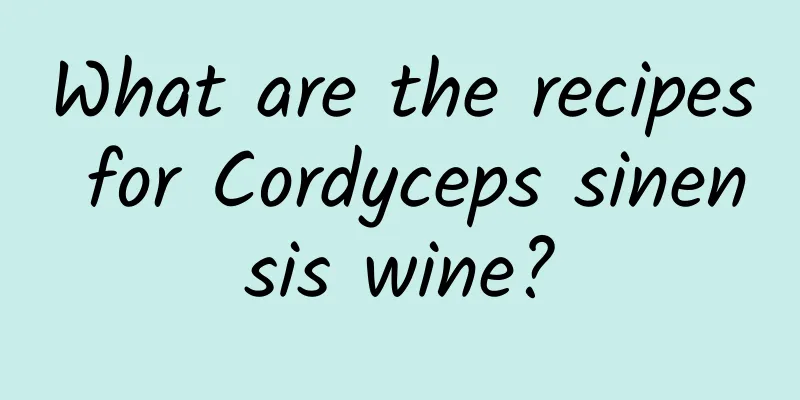
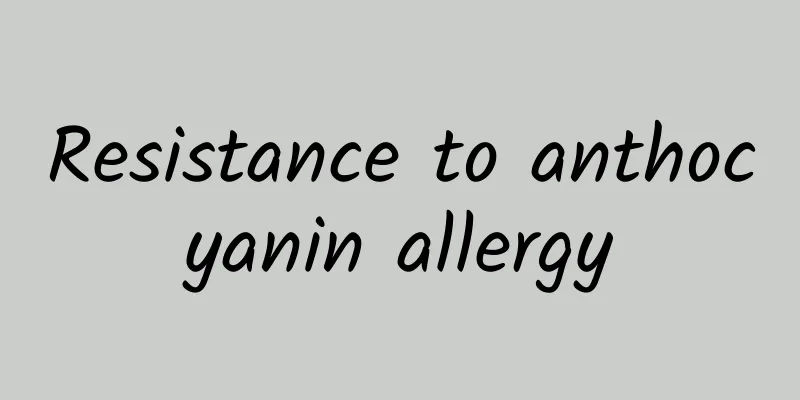
![[Smart Farmers] Understanding the “Army Bugs”: Why is the Fall Armyworm so lethal?](/upload/images/67f0aa41b8d50.webp)
